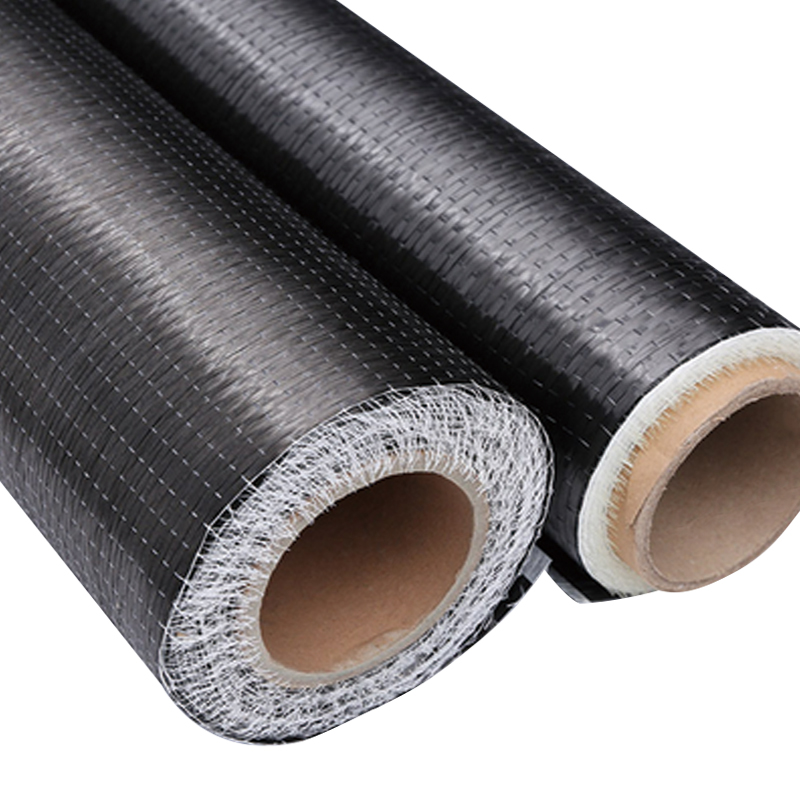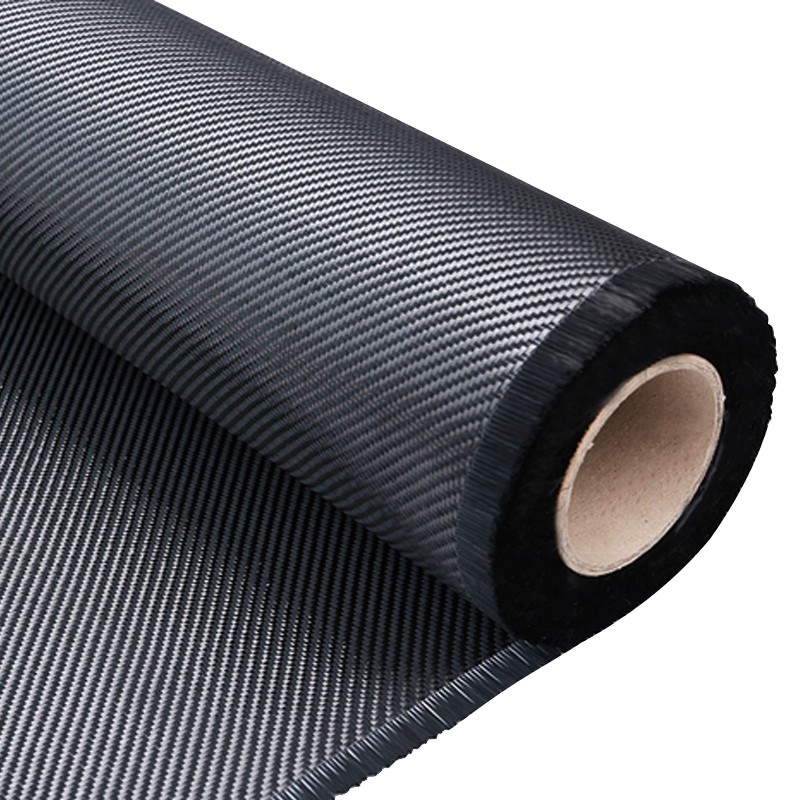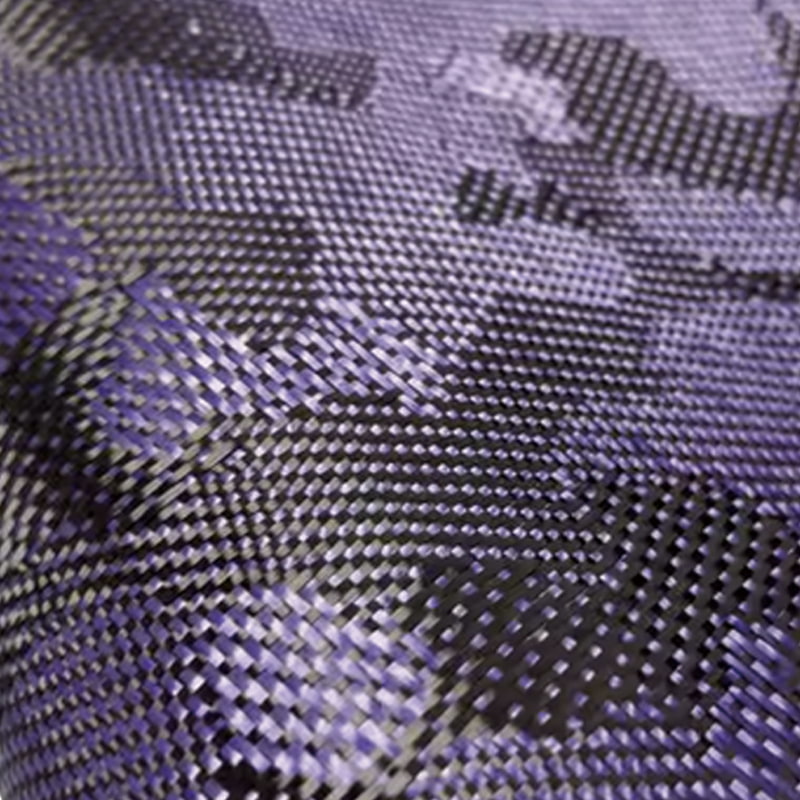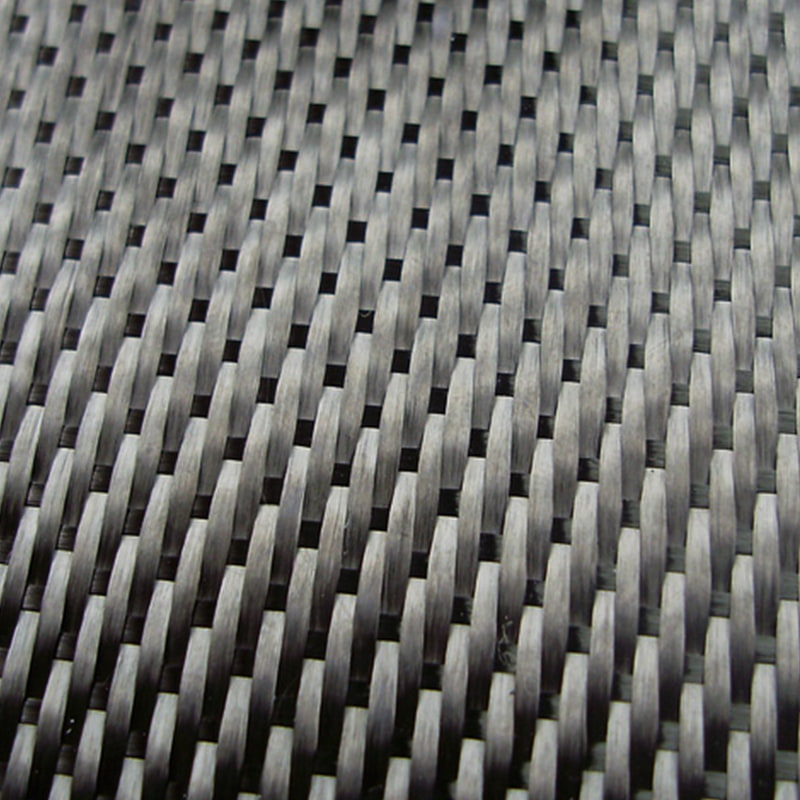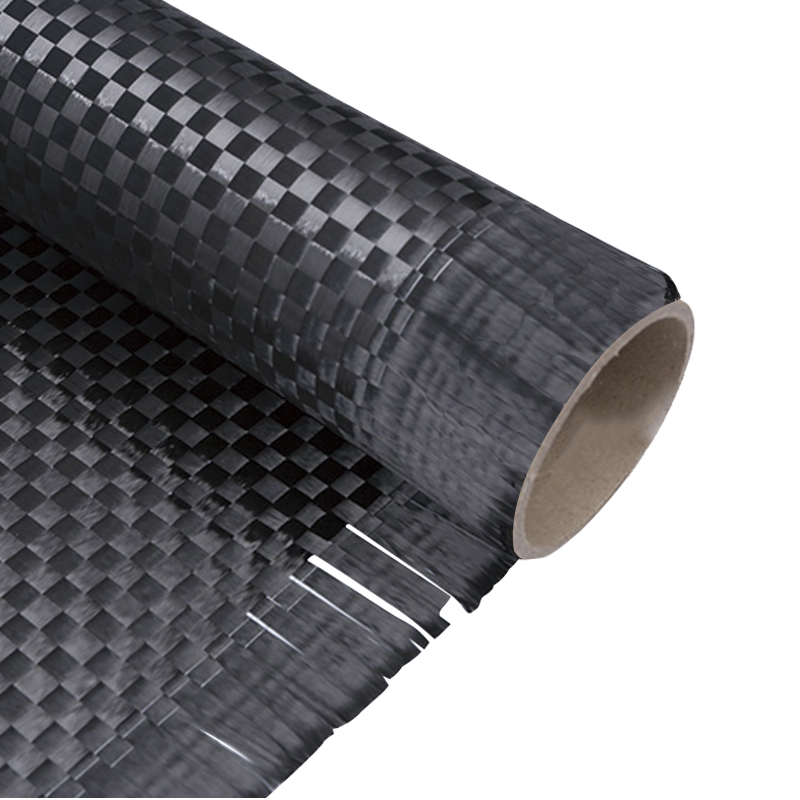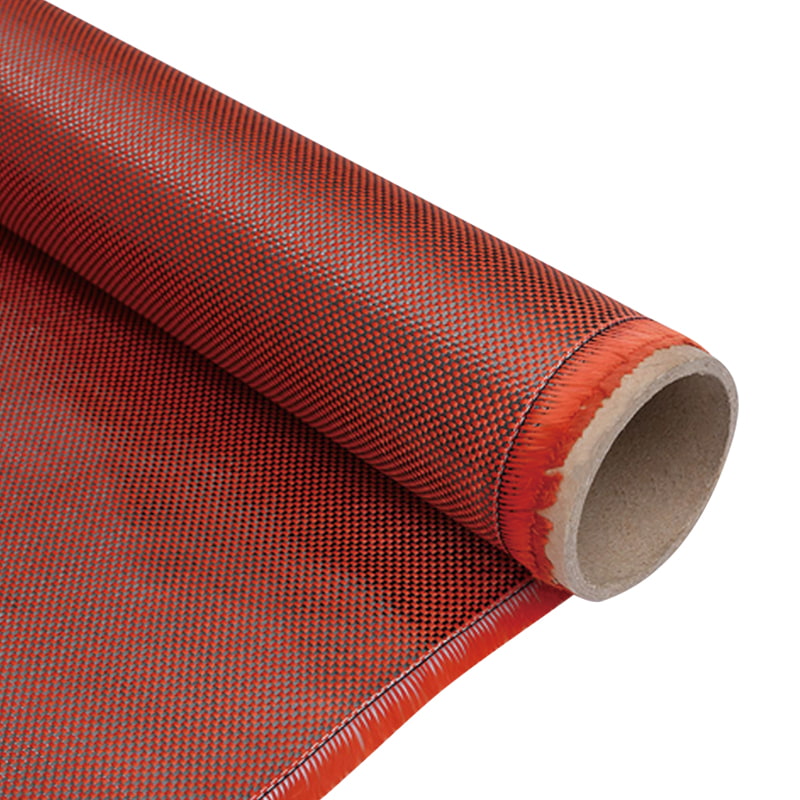Introduction to Aramid-Carbon Mixed Fabric
What is Aramid-Carbon Mixed Fabric?
Aramid-Carbon mixed fabric is an advanced composite material made by blending the strength of Aramid fibers (such as Kevlar) with the lightweight, high stiffness of Carbon fibers. Aramid fibers are known for their high resistance to abrasion, chemicals, and heat, while Carbon fibers provide exceptional strength-to-weight ratios. By combining these two fibers, a new type of hybrid fabric emerges, offering the best of both worlds: strength, durability, and lightweight characteristics. This hybrid fabric is increasingly used in engineering and protective applications.
Properties of Aramid-Carbon Mixed Fabrics
Superior Durability and Strength
Aramid-Carbon hybrid fabrics are renowned for their exceptional durability. The combination of Aramid and Carbon fibers results in a material that can withstand high-stress situations and severe conditions, making it ideal for demanding engineering and protective applications. These fabrics exhibit superior performance in terms of tensile strength and resilience to wear, making them a top choice for industries such as aerospace, automotive, and military.
- High tensile strength that resists stretching under pressure
- Resilience to high stress, maintaining integrity even in challenging conditions
- Low wear and tear, ensuring long-lasting performance even under harsh environments
Lightweight yet Strong
Despite their exceptional strength, Aramid-Carbon hybrid fabrics are surprisingly lightweight. This is a key feature that sets them apart from traditional materials, especially in industries where reducing weight is crucial without compromising strength. These fabrics are widely used in aerospace and automotive engineering, where the weight of materials directly impacts performance, safety, and fuel efficiency.
3k 1000d/1500d Plain/Twill Aramid Carbon Mixed Carbon Fiber Woven Fabric
Applications in Modern Engineering
Aramid-Carbon Fabrics in Aerospace Engineering
In the aerospace industry, Aramid-Carbon blended fabrics are used to create lightweight yet durable components for aircraft. These fabrics help reduce the weight of the aircraft, which in turn improves fuel efficiency without sacrificing safety. The high strength of the material also makes it ideal for use in critical components that need to withstand extreme pressure and stress during flight.
Aramid-Carbon Fabrics in Automotive Engineering
Similarly, the automotive industry benefits from the use of Aramid-Carbon hybrid fabrics. These materials are used in manufacturing lightweight vehicle parts, such as body panels and structural components, which enhance both performance and fuel efficiency. The strength of the hybrid fabric also contributes to the overall safety of vehicles, offering greater protection in case of a crash.
Aramid-Carbon Hybrid Fabrics in Protective Applications
Benefits in Personal Protective Equipment (PPE)
One of the most common applications of Aramid-Carbon hybrid fabrics is in the production of personal protective equipment (PPE). These materials are used to manufacture gear such as gloves, helmets, and body armor, providing superior protection in dangerous environments. The combination of Aramid and Carbon fibers makes the fabric resistant to cuts, abrasions, and high-impact forces, ensuring maximum safety for workers in industrial and military settings.
Industrial and Military Applications
In military and industrial settings, Aramid-Carbon mixed fabrics are used in protective gear that needs to withstand extreme conditions. These materials offer enhanced ballistic protection in military gear and are used in industrial applications where workers are exposed to high-stress and high-temperature environments. The fabric's combination of strength, heat resistance, and lightness makes it a vital component in modern safety equipment.
FAQ
What makes Aramid-Carbon hybrid fabrics suitable for engineering applications?
Aramid-Carbon hybrid fabrics combine the best features of both materials, offering superior strength, lightweight characteristics, and exceptional durability. These properties make the fabrics ideal for use in engineering applications where materials must endure high stress, provide safety, and reduce weight, such as in aerospace and automotive industries.
Are Aramid-Carbon mixed fabrics more cost-effective than traditional materials?
While Aramid-Carbon hybrid fabrics may have a higher initial cost compared to traditional materials, their durability and performance make them a more cost-effective option in the long run. The materials require less maintenance and offer longer lifespans, reducing the need for frequent replacements and repairs in industries like aerospace and automotive.
Can Aramid-Carbon fabrics be used in extreme environments?
Yes, Aramid-Carbon hybrid fabrics are designed to withstand extreme environments. They are resistant to high temperatures, impact forces, and abrasion, making them suitable for use in industrial, military, and aerospace applications where materials must perform under challenging conditions.
 English
English  中文简体
中文简体 عربى
عربى Tiếng Việt
Tiếng Việt
